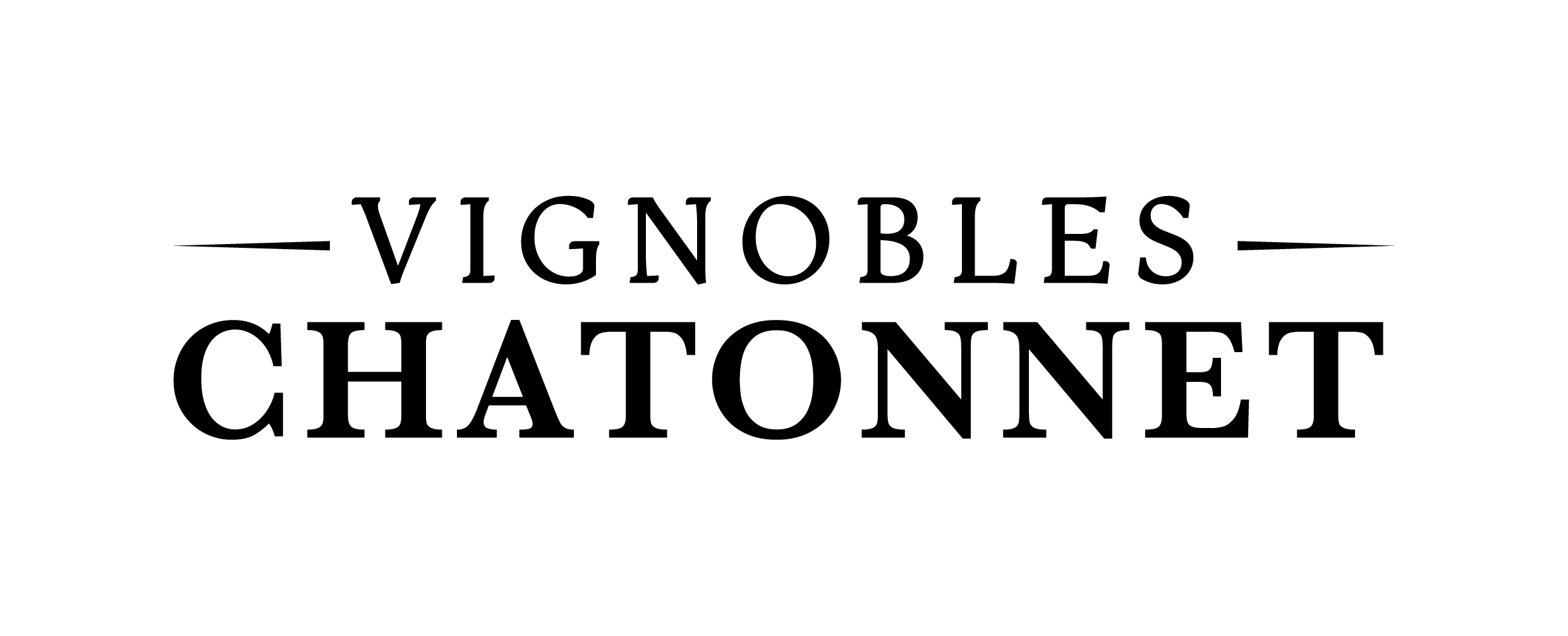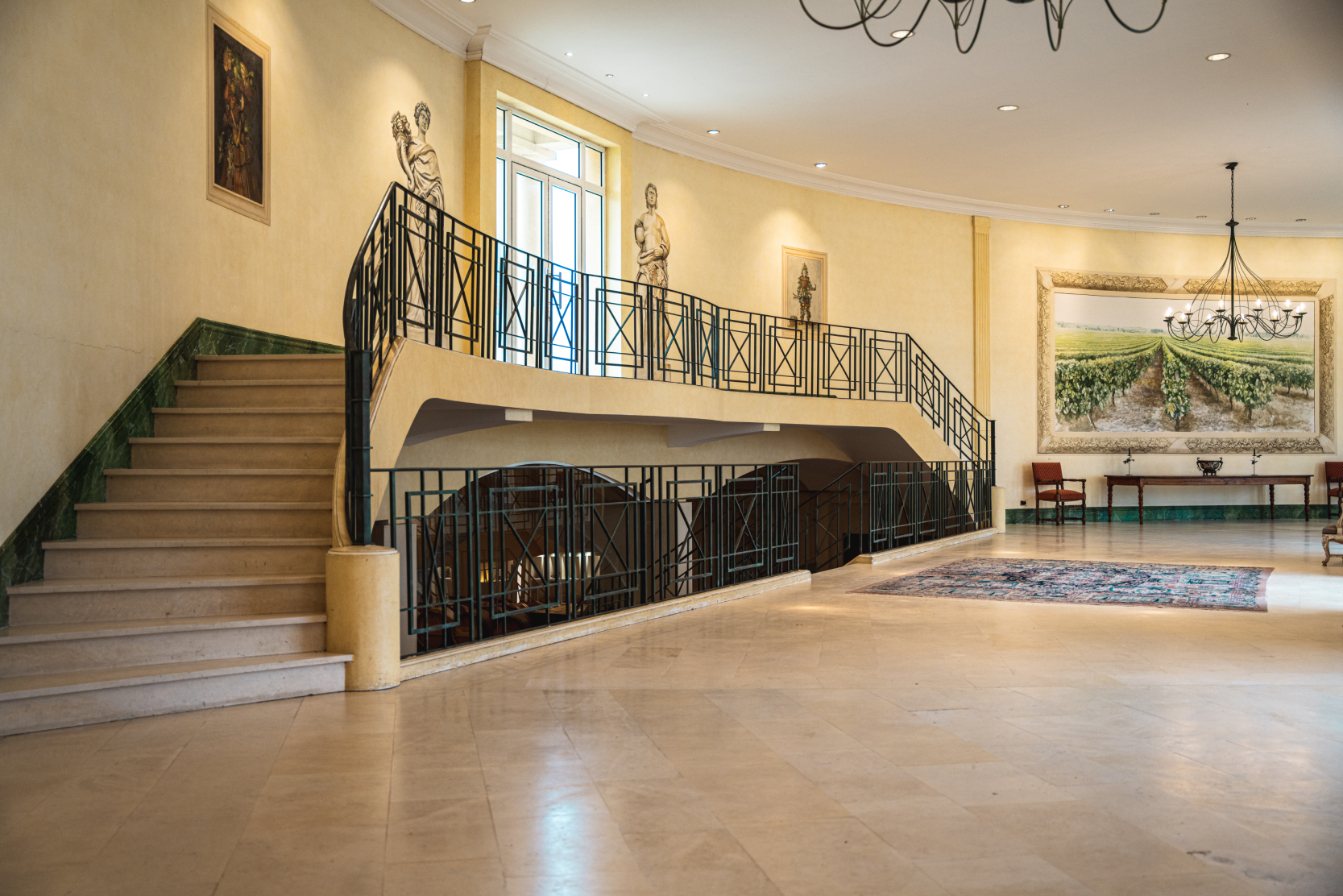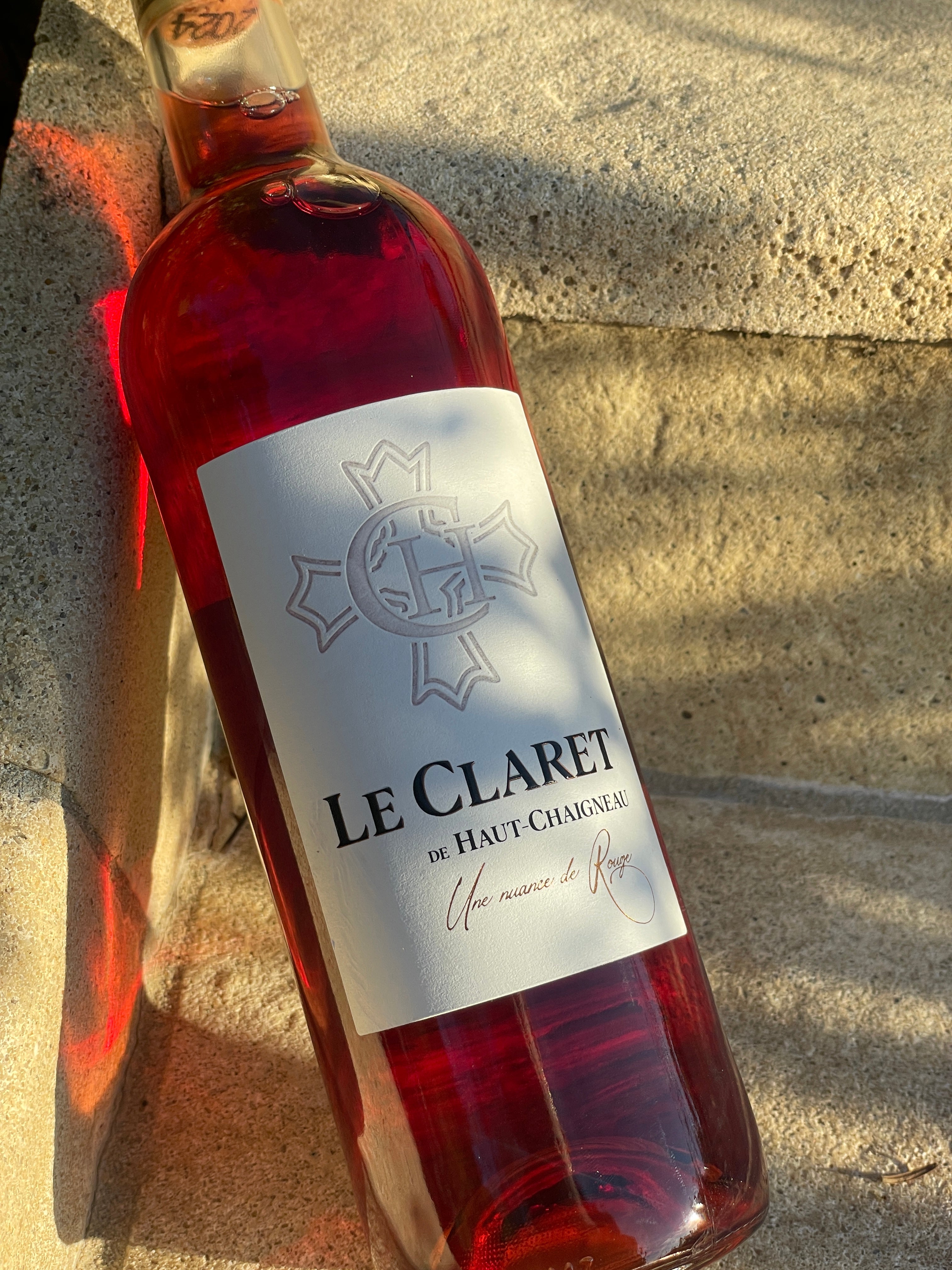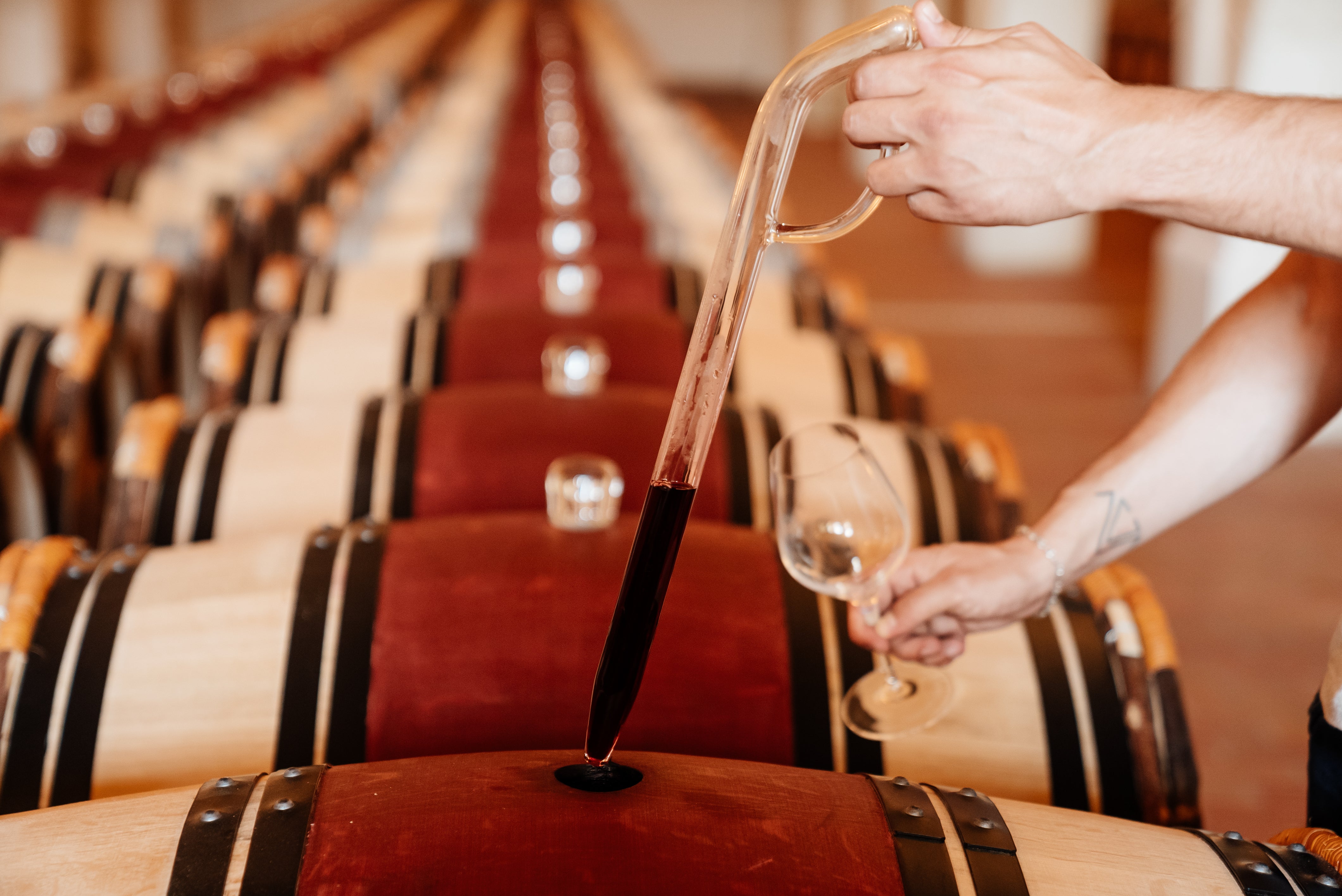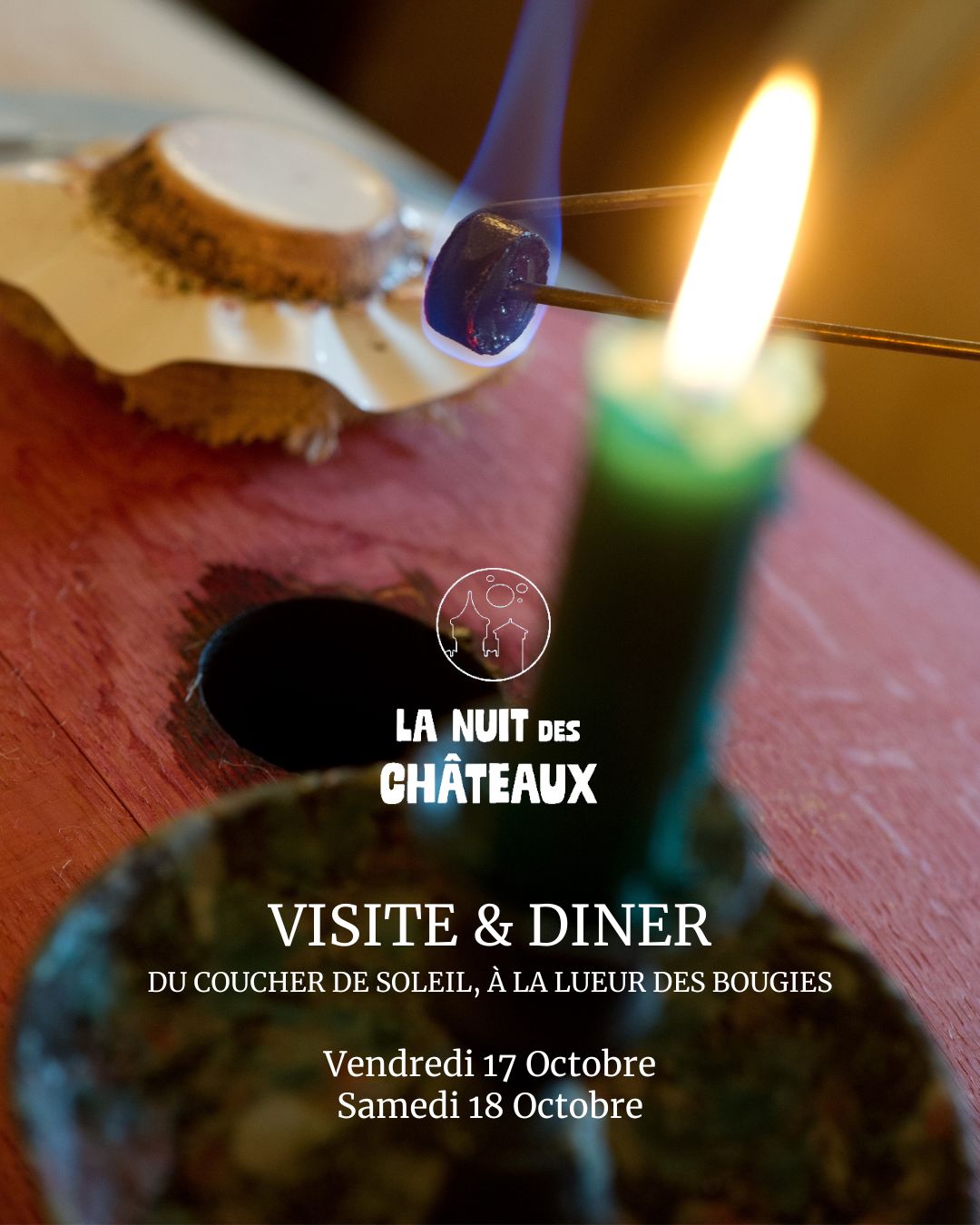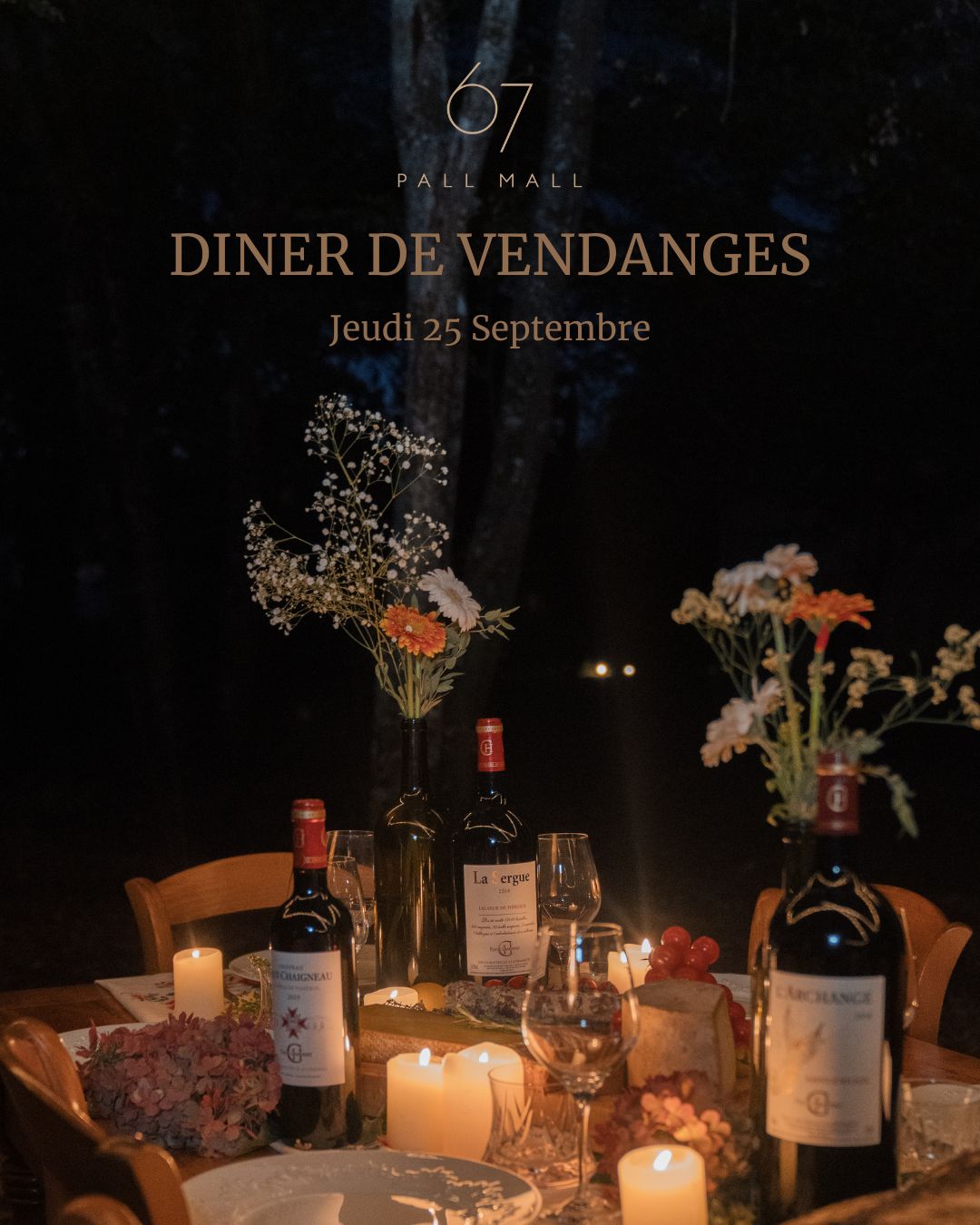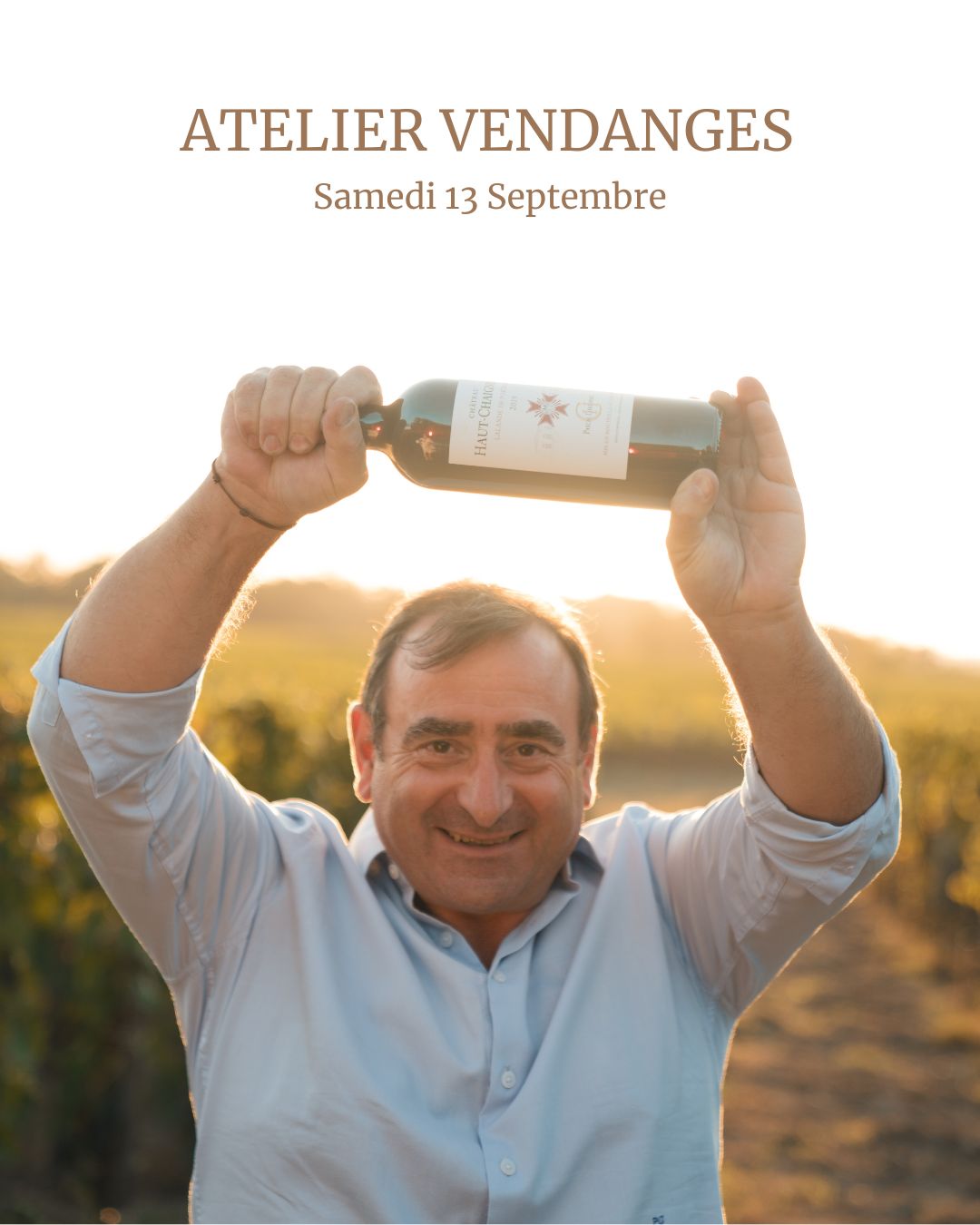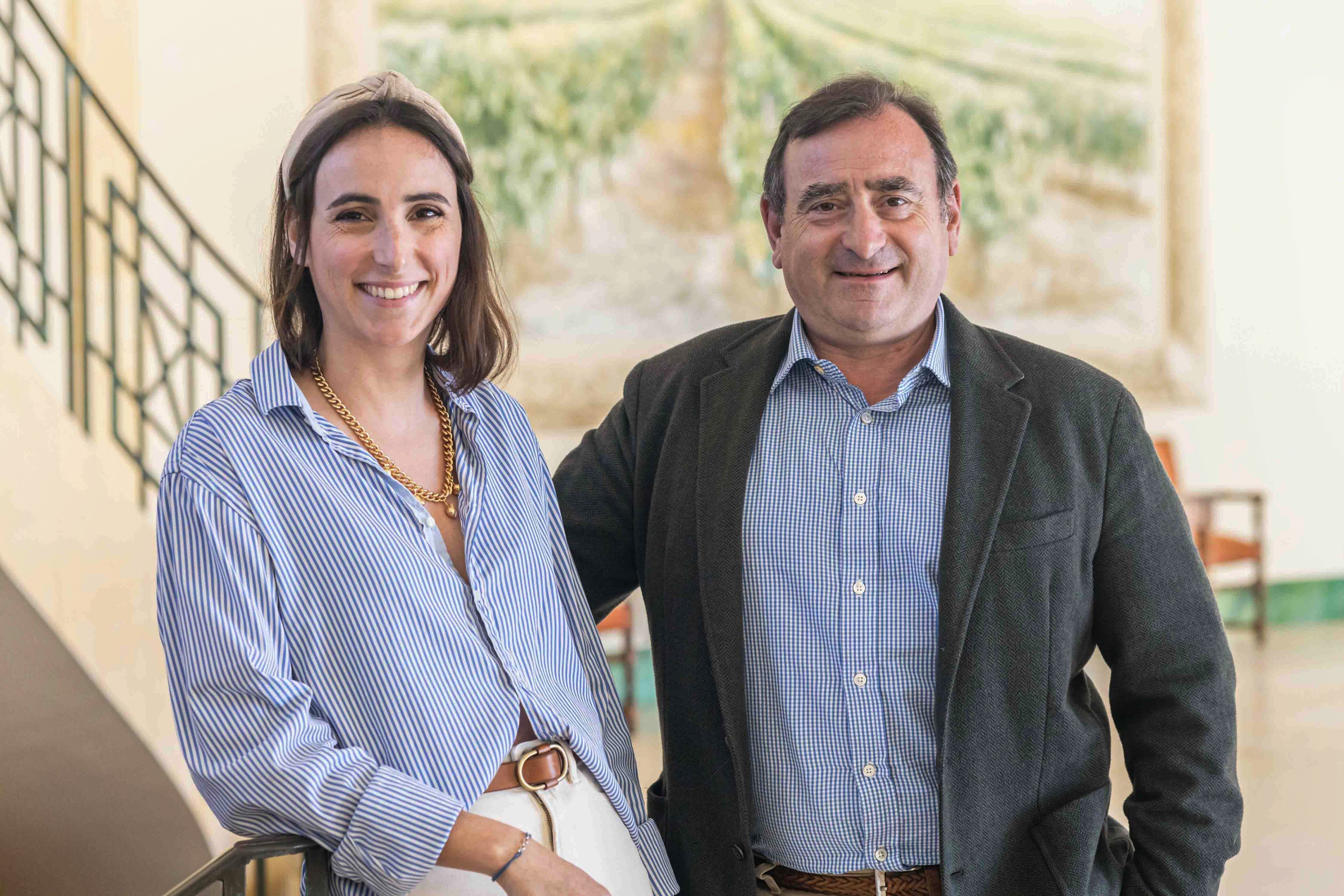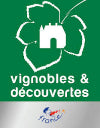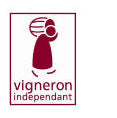SAINT-EMILION: CRADLE OF THE FAMILY
Today based in Néac in the Lalande de Pomerol appellation, the CHATONNET family is originally from Saint-Emilion.
Thanks to the traces of several Gallo-Roman villas, we know that there have definitely been vines in the Saint-Emilion region since the 4th century. The origin of the name Saint-Emilion is not perfectly established. The monk Emilian, originally from Vannes in Brittany and having lived in the 8th century, would have chosen to set up his hermitage in the limestone rock near a source of pure water. His wisdom and his powers towards the unfortunate and the destitute quickly became famous and attracted many pilgrims. Emilien Piganeau, historian, points out that in the 12th and 13th centuries, we find the name of the city spelled “Sentmelion” or “Semilione”, which comes from the Greek Sémélé ionê , “fountain of Sémélé” (mother of Dionysus, Greek god of vineyard and wine); Saint Emilion would therefore literally mean “fountain in the middle of the vineyards”.
The CHATONNET have been active members of the economy of Saint-Emilion since the 15th century and experienced significant development between the end of the 16th and the beginning of the 17th. The original cradle of the family is located in St Martin de Mazerat, the parish closest to the walls of the medieval city. Its members work as merchants, master barrel carpenters and winegrowers. From the beginning of the 17th century, the honorability of the family granted them the collection of the size of the parish of St Martin. By marrying Armand CANTENAT, Michelle CHATONNET founded the elite of the local wine bourgeoisie in the 17th century. She gave birth to Jeanne who married Pierre BARAT elder, and participated in 1766 in the founding of the AUSONE cru (formerly Chapelle Madeleine, then Cru Cantenat à la Madeleine until 1781 then Château Ausone, 1e Grand Cru Classé), now owned by the Vauthier family.
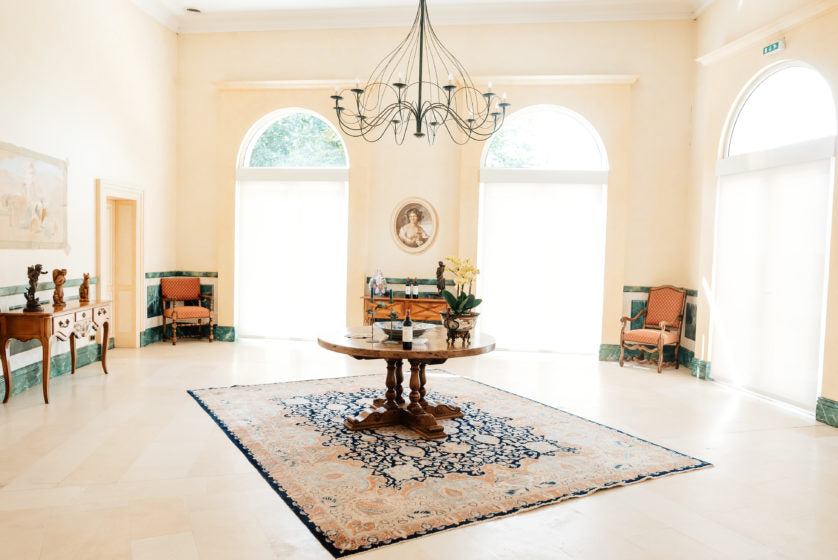
THE BIRTH OF HAUT-CHAIGNEAU
“If someone asked me what the most precious good on Earth is, I would answer it is the vine”
Purchased in almost ruin in 1967, André and Jeanine Chatonnet gradually restored this vineyard. For nearly 40 years, the Chatonnet Vineyards underwent constant improvements: drainage, replanting, selection of oak barrels, choice of cork for corks, bottling technique at the château, maintenance of an ideal natural temperature, Nothing is left to chance.
The quality and reputation of their wines made it possible to expand the production area and to consider the ambitious construction of a building entirely dedicated to wine and its promotion: Château Haut-Chaigneau.
Among the most famous properties in the region, Vignobles Chatonnet are located at the crossroads of the Lalande de Pomerol, Saint-Emilion and Montagne Saint-Emilion appellations. The best grape varieties from the Right Bank are grown there: Merlot noir for roundness and fleshiness, Cabernet Franc for finesse, length and complexity as well as Malbec for power and aromatic intensity.
Even today, the fruits of this attention are reaped for all the wines produced by Vignobles Chatonnet, which regularly receive awards and medals.
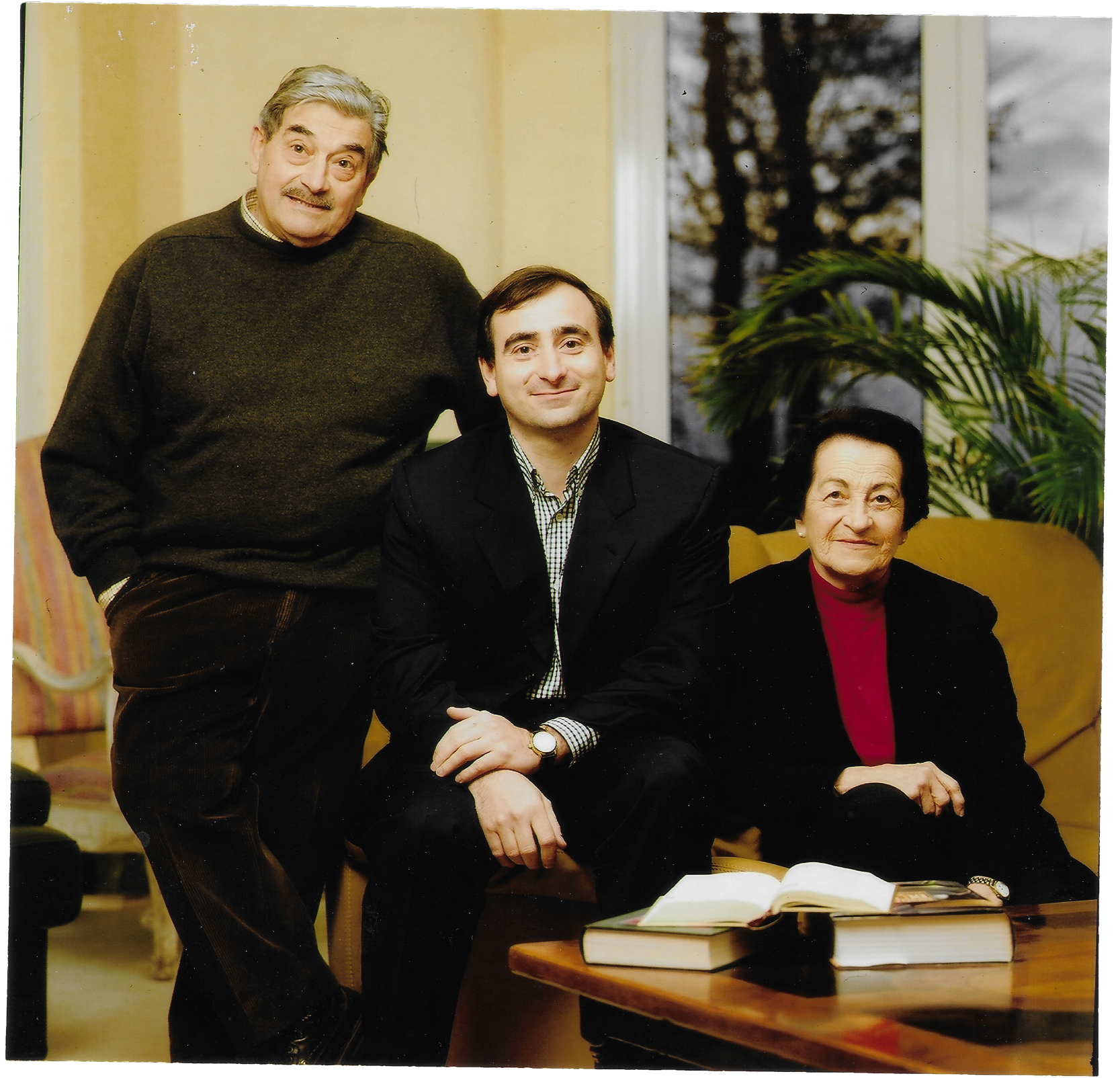
Our History and Our Family
“Without bits, without spurs, without bridle, let’s ride on wine for a magical and divine sky! We will flee without rest or truce towards the paradise of my dreams! »
Bearers of the centuries-old torch and driven by the same passion, Jeanine and André Chatonnet have associated their name with one of the wines that has become the leader of the Lalande de Pomerol appellation.
Combining their complementarity to develop the quality and reputation of Vignobles Chatonnet, Jeanine, André and their sons Pascal worked in synergy, in the tradition of the great Bordeaux families united by the spirit of wine, to develop their family estates.
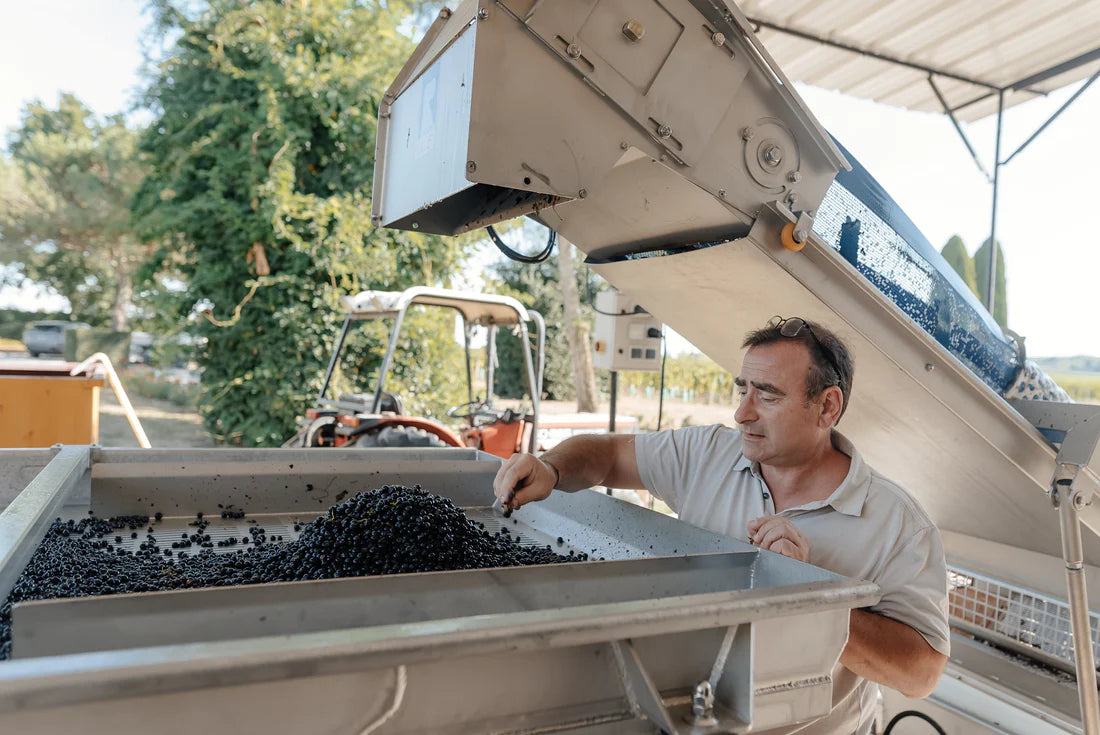
PASCAL CHATONNET, THE WINE ARTISAN
“He who knows how to taste never drinks wine, but he tastes its sweet secrets”
Bordelais oenologist, Pascal Chatonnet is first recognized for his scientific discoveries in the field of vinification and aging of wines in barrels, contamination by different pollutants of chemical or microbiological origin. Pascal Chatonnet is also a renowned consultant who has worked discreetly since 1995 for some of the most prestigious properties in the world. (see www.pascalchatonnet.com). Co-owner of the family estate Vignobles CHATONNET has been general management since 2008; it has been initiating its conversion to agrosynergy since 2019.
It is rare to meet in the world of wine today the same professional with so much experience and diverse know-how put to the service of his passion.
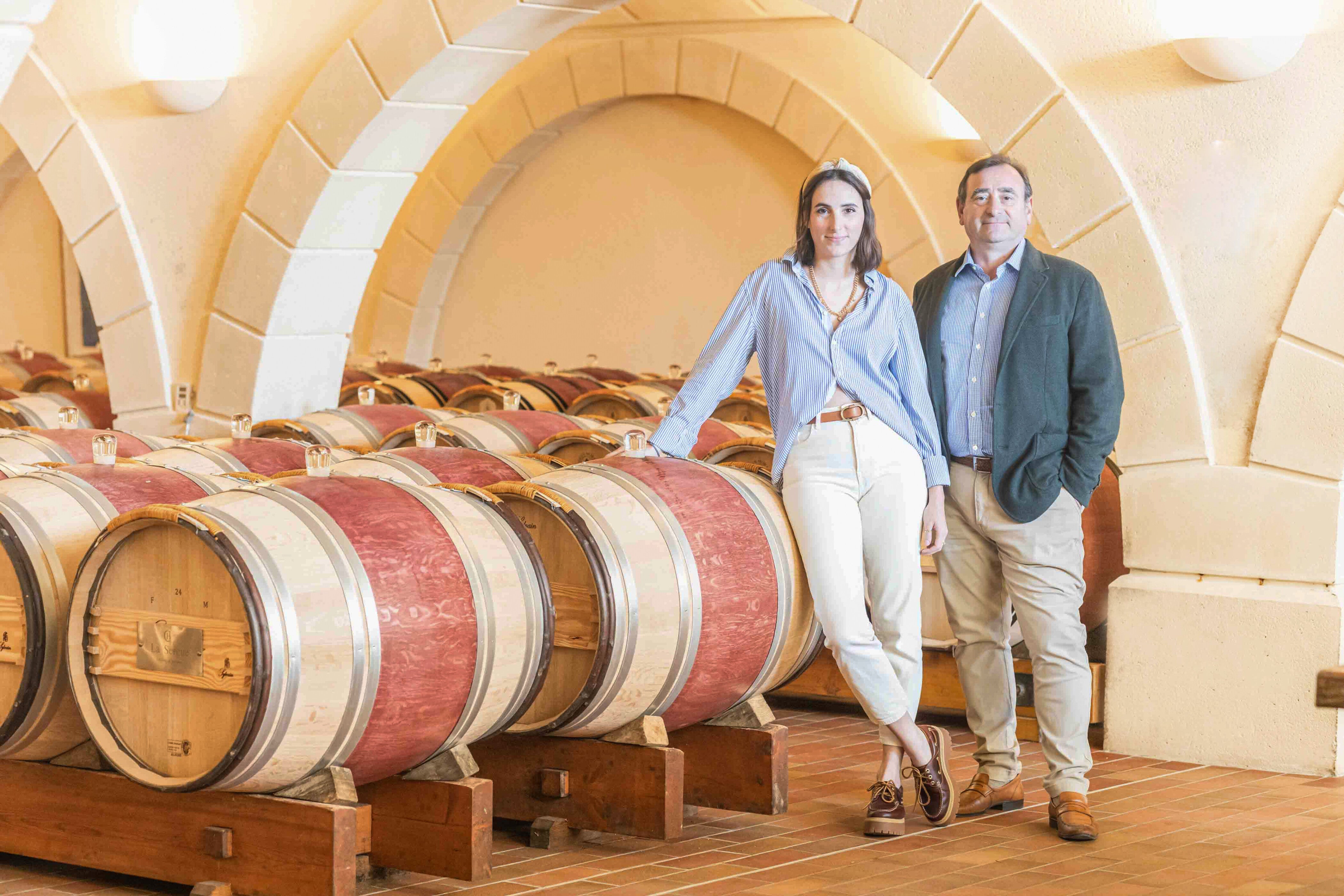
Clarisse Chatonnet, third generation
Since 2024, Pascal Chatonnet's daughter, Clarisse, has joined the family estate. Together today, father and daughter are committed to both passing on a thousand-year-old heritage and offering wine lovers and novices alike a revisited sensory journey through the product of their family passion.
Having trained as an agricultural engineer (EI Purpan), she then worked for several years alongside the Rothschild family (DBR Lafite) in marketing and sales roles. Her background gives her a broad vision of managing a wine estate and allows her to prepare for the transfer of ownership with her father.
THE HISTORY OF THE WINE PARISH OF NéAC AND THE LALANDE DE POMEROL APPELLATION
“There is a fairly shared lack of knowledge of the terroirs of the Lalande de Pomerol appellation, even among specialists who recognize the quality of Grands Vins in several of its vintages. How to place Lalande de Pomerol in the hierarchy of Libourne terroirs? »
“Chaigneau” is a hamlet which included several farms at the beginning of the 18th century, most of which belonged to André Garde, Royal Notary in Néac. He has significant land and agricultural heritage in Saint-Emilionnais to such an extent that he meticulously keeps a “Book of Reason” which we have used. He uses all modes of ownership, reserving (not crazy) direct management, which is more profitable, for wine-growing lands.
Having acquired the “Chaigneau farm”, he developed it towards a wine specialization. It is a sign that does not deceive: in this empirical selection of the best wine-growing terroirs, and because Chaigneau brings him great satisfaction and regular income thanks to quality wines, he decides to extend his plantations there. Later, he sent barrels of “Chaigneau” “housed in new” to Libourne merchants, which was extremely rare in the region at that time. At the end of the 18th century, the famous broker Tastet-Lawton took the time to record in his notebooks "the ability to keep Chaigneau wines well", an extremely rare and crucial characteristic of this prehistoric period of oenological science. Cocks & Féret at the end of the 19th century classified the wines of the terroir of “Chaigneau”, “Chevrol” or “Chatain”, current sites of the property, among the bourgeois crus of the time, pointing out that these crus “are very close to those of Pomerol. All this marks recognition of the ability of “Chaigneau” to produce Great Wines.
This viticultural age of the “Chaigneau” site, that is to say Châteaux Haut-Chaigneau and partly La Sergue today, is qualitatively very significant. For what ? Because in the middle of the 18th century, the best wine-growing terroirs like Chaigneau were already selected! The Chatonnets also participated at the time in this selection in St Emilion, while they presided over the destiny of La Magdelaine and later of Ausone with Jean Cantenat. Since then, the delimitation of these quality perimeters in Bordeaux has changed little. The vineyards have expanded, but the “elite cores” are the same: three centuries later, almost no other great new terroir has been “revealed”.
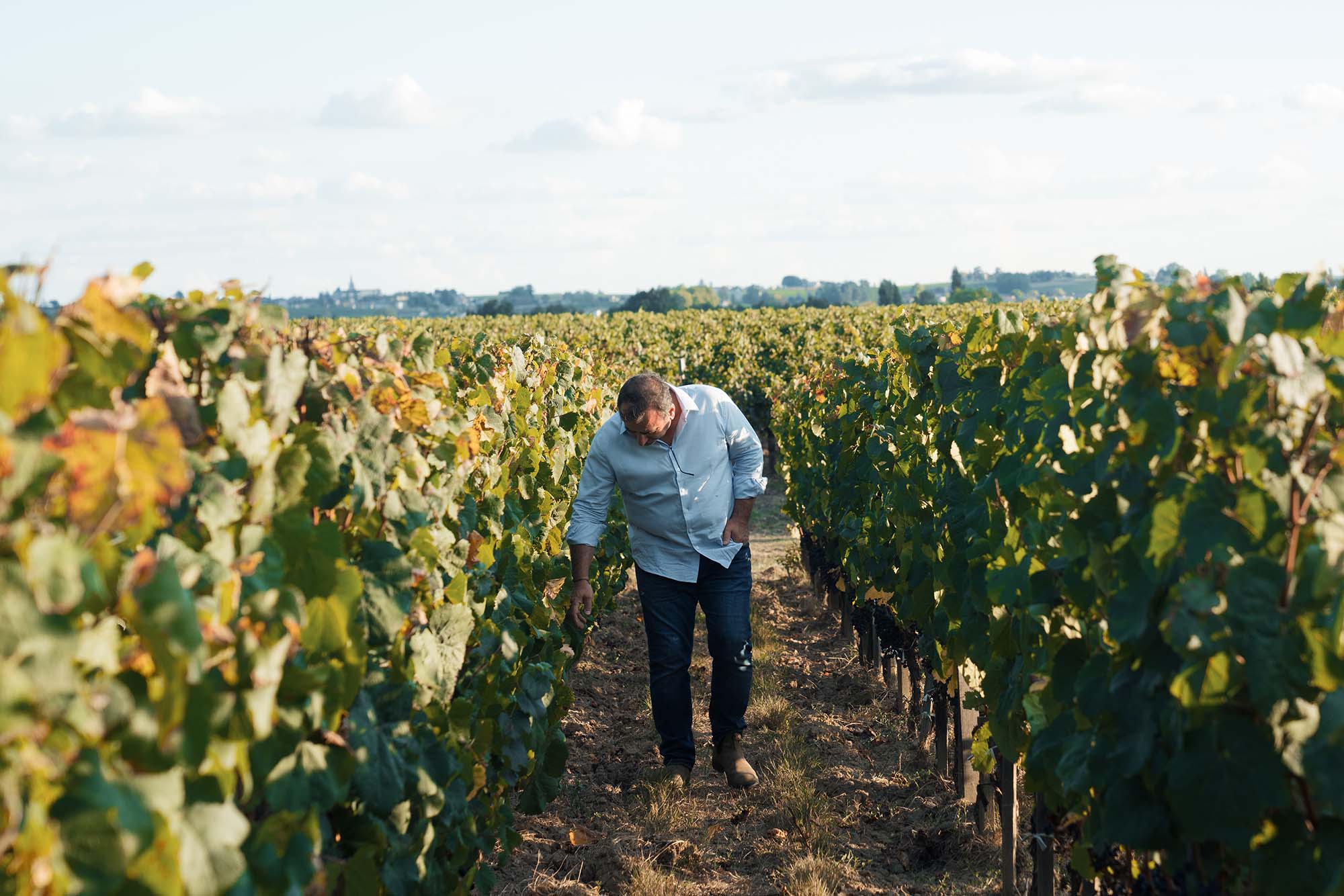
A unique concept
Agrosynergic Viticulture
The Agro-Synergic project of Vignobles CHATONNET aims to simultaneously advance economic and environmental performance as well as the social quality of the production system for the winegrower but also for society as a whole.
It aims to produce differently, that is to say by completely and globally rethinking the methods of reasoning and working in the medium and long term. It is therefore obviously first of all a change in agricultural practices, but it is also and above all another way of thinking about actions, by combining peasant common sense and modern agronomic knowledge.
